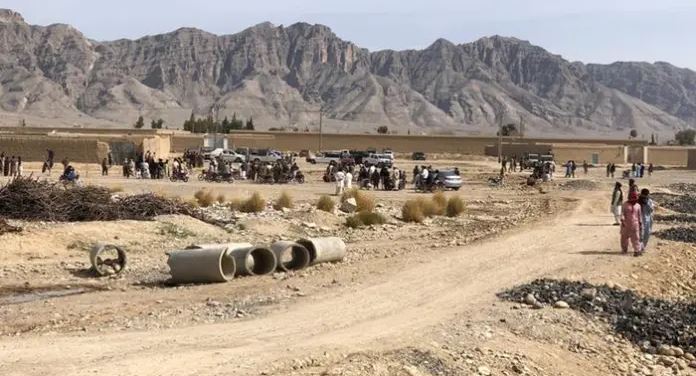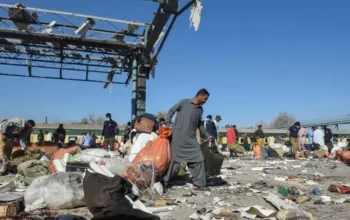The problems in Balochistan are numerous and varied. Here are five of the most significant:
1. Population growth: With a population of about 26 million people, Balochistan accounts for about 15% of Pakistan’s total population. Meanwhile, the province’s GDP (Gross Domestic Product) is only 1.5% of Pakistan’s total GDP. There is little opportunity for the province’s huge population to develop economically, and many live in poverty.
2. Famine: In 2013, there was a severe famine in Balochistan, which killed at least 150,000 people. The cause of the famine was a combination of natural disasters (such as floods and droughts), political instability, and economic problems (such as food shortages).
3. Terrorism: Balochistan is home to a large number of terrorist groups, many of which are believed to be engaged in terrorist activities including bombings, assassinations, and kidnappings. Since 2007, there have been over 260 terrorist incidents in the province, leading to the deaths of over 1,800 people.
4. Natural disasters: Balochistan is frequently hit by natural disasters such as floods and cyclones. In 2017 alone, there were six major floods in the province that killed more than 200 people and caused millions of dollars worth of damage.
5. Corruption: The province is rife with corruption, which has led to widespread poverty and unemployment among the people. Corruption often enables businesses to evade tax payments, while government officials often siphon off funds that should be spent on development projects or on subsidies that benefit the population.
6. Political Patronage in the province: Unfortunately it has always been the same story when it comes to selecting political leaders in the Province. The political structure of the province is dominated by few and powerful individuals with the blessings of local establishment. The Powerful have a monopoly over the structure, limiting the entry of new entrants in the politics.
Solutions to these Problems
There is no one-size-fits-all answer to this question, as the solutions that are necessary to address specific problems in Balochistan will vary depending on the specific situation. However, some solutions that could be effective in addressing specific problems in Balochistan include:
1) Increasing political and economic stability. This would help to reduce tensions and clashes between different groups within the province and could lead to improvements in the standard of living for many people.
2) Supporting efforts to empower the local people. This could include promoting education and economic opportunities for individuals, as well as increasing public awareness of the issues facing the province.
3) Supporting human rights efforts. This would help to ensure that all individuals within the province are treated with respect and dignity, regardless of their tribal or political allegiances.
Some factors that could be considered to be indicative of a province’s level of development include access to education and health facilities, the level of economic development, and the level of infrastructure. The relatively high levels of poverty and illiteracy in many parts of Balochistan are also indicative of a province’s backwardness.
4) Establishing Industries to provide employment: Local Population migrate to Karachi and parts of Punjab for employment purpose. The local industry is in such a small scale that it cannot provide employment to the locals.Investing in industries in the province will provide jobs to the local population.
Under investment by the federation is also a contributing factor in the underdevelopment of the province.Provincial government and the trade office should engage industrial leaders in Pakistan to encourage establishing industries in the province.
In recent years, there has been an increase in drug trafficking and smuggling activities, which has led to a deterioration in the overall economic condition. There is also a lack of infrastructure and basic services, which makes it difficult for businesses to operate. Moreover, there is a shortage of skilled workers, which has led to unemployment problems.





